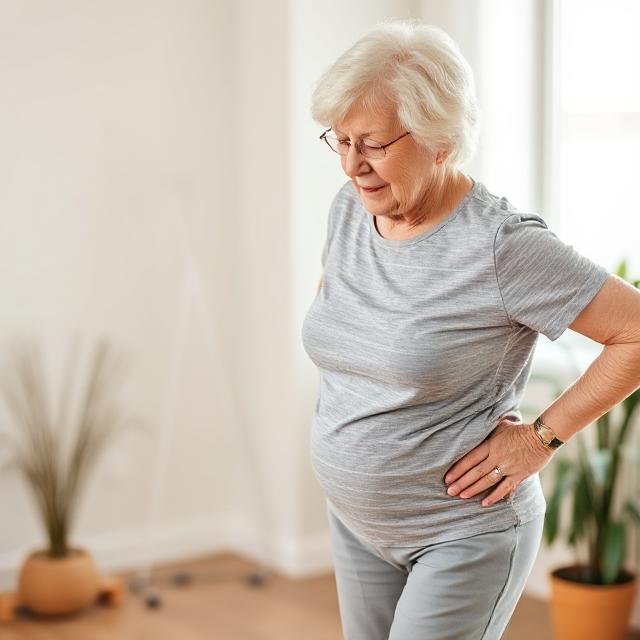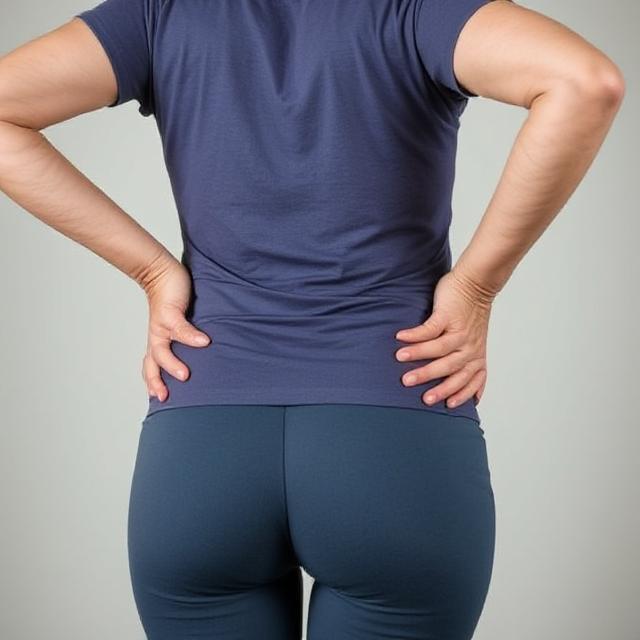Maintaining strong and resilient hips after the age of 55 is essential for preserving mobility, preventing injury, and enhancing overall quality of life. As we age, natural changes such as muscle loss, joint stiffness, and reduced flexibility can make everyday movements more challenging and increase the risk of falls or chronic pain. The hips are a critical part of the body’s structure, supporting weight-bearing activities, balance, and a wide range of motions. Therefore, taking proactive steps to keep the hips strong and resilient can significantly improve your independence and comfort as you grow older. By focusing on targeted exercises, smart nutrition, and mindful lifestyle habits, it is possible to counteract age-related decline and maintain hip health well into your later years. Here are six expert tips to help you achieve this goal and support lifelong hip strength and resilience.
1. Emphasize Strength Training for Hip Muscles
Strength training is crucial after 55 to combat natural muscle loss and maintain the structural support of the hips. Target the key muscle groups around the hips, including the gluteus maximus, medius, minimus, and hip flexors, through exercises like squats, lunges, bridges, and side leg raises. Using resistance bands or light weights can help progressively build muscle strength and endurance without putting excessive stress on joints. A strong muscular foundation improves joint stability, reduces the risk of falls, and supports better posture. Consistency is vital; aim to incorporate strength training exercises at least three times per week. Focus on proper form to avoid injury and maximize benefits. If you’re new to strength training or have existing hip issues, consulting a physical therapist or fitness professional for personalized guidance can make a significant difference. Over time, dedicated strength work will help your hips remain powerful and resilient, supporting fluid and pain-free movement.

2. Incorporate Low-Impact Cardiovascular Activities Regularly
Cardiovascular exercises that are gentle on the joints play a vital role in maintaining hip health by promoting circulation, joint lubrication, and overall endurance. Swimming, cycling, and walking are excellent low-impact options that enhance aerobic fitness while minimizing wear and tear on the hips. These activities help keep the cartilage healthy by increasing nutrient-rich blood flow to the joint tissues, which reduces stiffness and pain. Regular low-impact cardio also aids in weight management, which is crucial because excess weight places additional stress on hip joints and can accelerate degenerative changes. Aim for at least 150 minutes of moderate-intensity cardio each week, splitting sessions into manageable intervals to avoid overuse injuries. Varying your routine can prevent monotony and engage different muscle groups, further supporting hip stability. Maintaining consistent cardiovascular activity enhances overall hip function, helping you stay active and mobile with less discomfort and greater stamina.
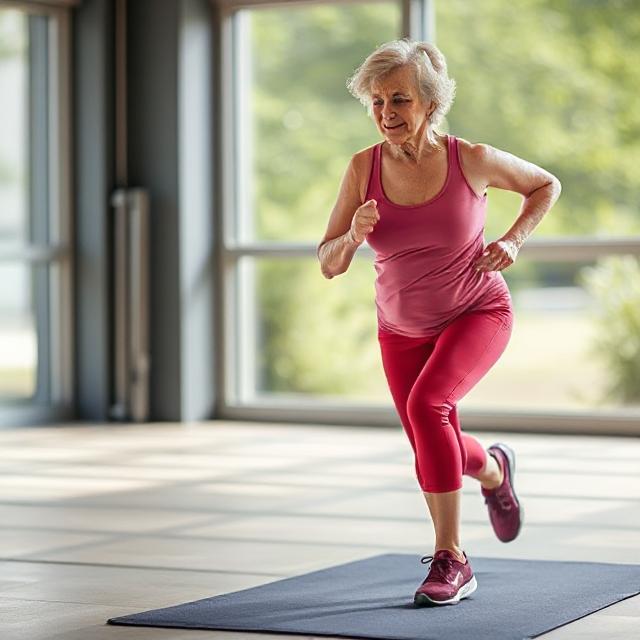
3. Commit to Daily Hip Mobility and Flexibility Exercises
Flexibility and mobility are fundamental for healthy hips, especially as aging tends to cause muscles and connective tissues to tighten and shorten. Incorporating daily stretching routines focused on the hip flexors, hamstrings, and surrounding muscles ensures that your hips retain a full range of motion, which is essential for smooth, pain-free movement. Dynamic stretches such as leg swings or hip circles can be incorporated before exercise to warm up the muscles, while static stretches performed after activity help maintain muscle length and prevent stiffness. Activities like yoga and Pilates combine strength, balance, and flexibility training, making them ideal for supporting hip health. Consistently stretching for 10-15 minutes each day can reduce discomfort, improve posture, and help prevent injuries caused by muscle imbalances or tightness. Using tools such as foam rollers for myofascial release can further alleviate tension and improve blood flow to hip muscles. Prioritizing flexibility and mobility supports better movement mechanics and contributes to hip resilience as you age.
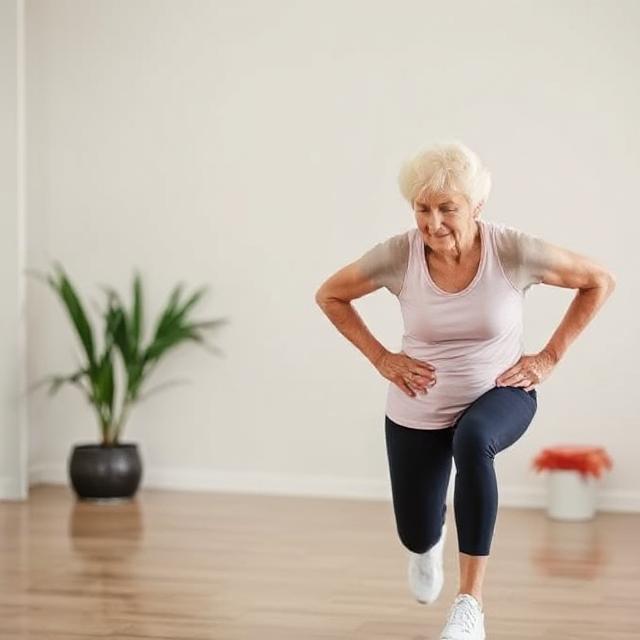
4. Maintain a Balanced Diet to Support Joint and Muscle Health
Nutrition plays an indispensable role in keeping hips strong and resilient after 55. Consuming a balanced diet rich in anti-inflammatory foods such as leafy greens, fatty fish rich in omega-3s, nuts, seeds, and whole grains helps reduce joint inflammation and supports muscle repair. Vitamins and minerals like calcium, magnesium, and vitamin D are essential for bone health and muscle function. Maintaining a healthy weight through mindful eating prevents excessive stress on hip joints, reducing the risk of osteoarthritis and other degenerative conditions. Limiting processed foods, added sugars, and saturated fats can help control systemic inflammation, which often exacerbates joint pain and stiffness. Staying well-hydrated supports lubrication of the joint cartilage, improving flexibility and comfort. Consulting with a registered dietitian can provide tailored advice that fits your lifestyle and dietary preferences. By fueling your body with the right nutrients, you enhance your body’s ability to repair, protect, and maintain the integrity of the hips throughout the aging process.
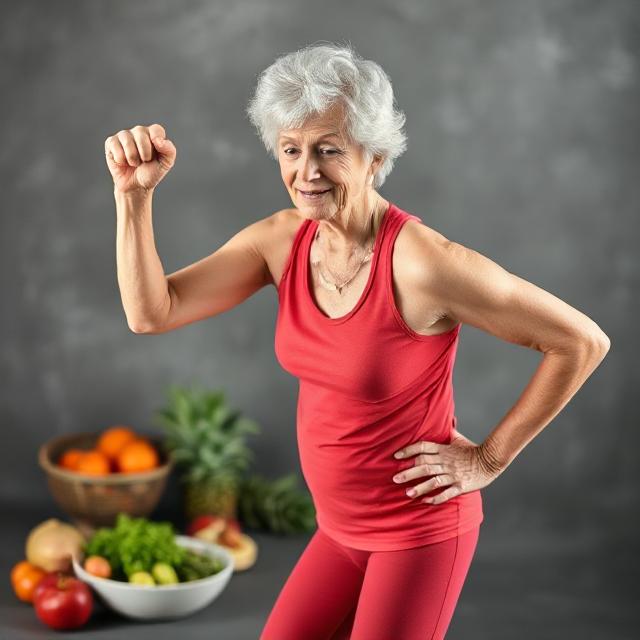
5. Incorporate Balance and Proprioception Training into Your Routine
As balance tends to decline with age, training proprioception—the body’s awareness of position and movement—is essential for preventing falls and protecting the hips from injury. Balance exercises challenge the muscles and nervous system to stabilize the body during movement, reducing the risk of missteps and fractures. Simple practices such as standing on one leg, heel-to-toe walking, or using a balance board can be performed at home. Tai Chi and Pilates are particularly effective, combining slow, controlled movements that improve coordination, strength, and balance simultaneously. Performing balance training at least two to three times weekly enhances your body’s ability to react to sudden shifts in terrain or posture, which is vital for fall prevention. Improved balance also promotes better gait mechanics and reduces uneven stress on the hip joints. By consistently working on balance and proprioception, you not only protect your hips but also gain confidence in your mobility, helping you stay independent longer.
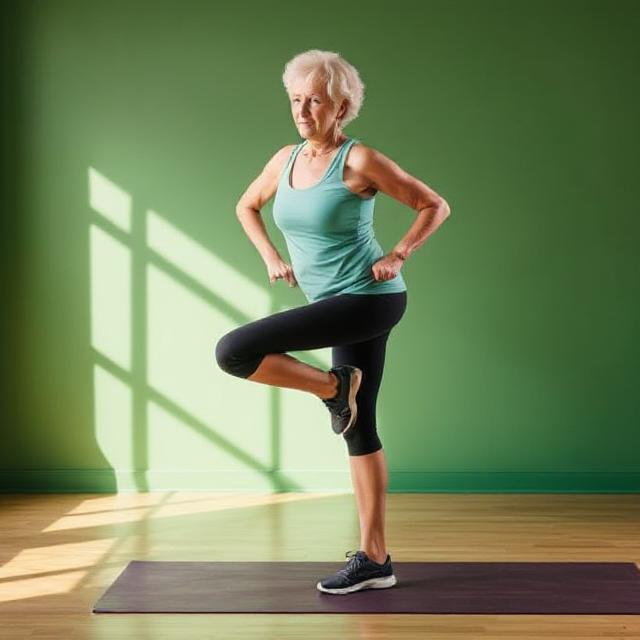
6. Listen to Your Body and Address Hip Discomfort Early
Paying attention to early signs of hip discomfort such as stiffness, pain, or swelling is essential for preventing long-term damage. Ignoring symptoms can lead to worsening conditions like arthritis or tendonitis that impair mobility and quality of life. When you experience persistent or worsening pain, it’s important to seek professional evaluation from a physician or physical therapist who can diagnose the root cause and recommend appropriate treatment. Initial management may include rest, ice, anti-inflammatory medications, and modified activity to prevent further strain. Physical therapy often provides targeted exercises and manual therapies that improve hip function and reduce pain. Avoid pushing through sharp or worsening pain during activities, as this can exacerbate injury. Developing a habit of mindful movement—paying attention to how your body feels during daily activities—helps you modify or avoid movements that cause discomfort. Early intervention and ongoing care empower you to maintain hip health, reduce the risk of chronic problems, and continue enjoying an active lifestyle with less pain and more freedom.
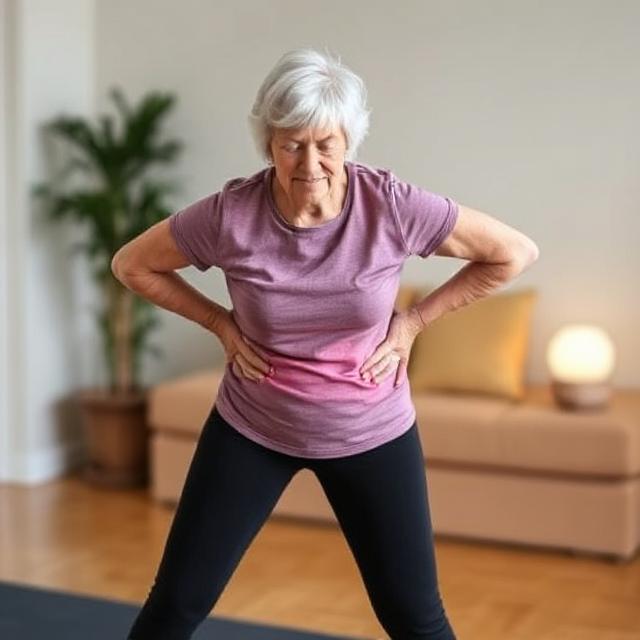
Strong, resilient hips after 55 require a multifaceted and consistent approach that combines exercise, nutrition, balance training, and attentive self-care. By embracing these expert tips, you can counteract age-related changes and maintain the mobility, strength, and comfort needed for an active, independent life. Prioritizing your hip health not only reduces pain and injury risk but also enhances your overall well-being and confidence in daily movement. With dedication and mindful habits, your hips can remain a solid foundation supporting your lifestyle for many vibrant years ahead.
